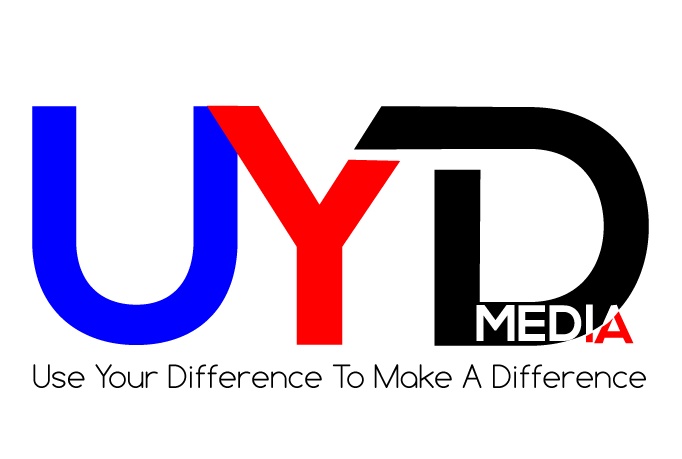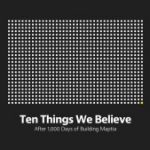“Normal is getting dressed in clothes that you buy for work, driving through traffic in a car that you are still paying for, in order to get to a job that you need so you can pay for the clothes, car and the house that you leave empty all day in order to afford to live in it.”
– Ellen Goodman
A New Year is often a reflective time, one where people think back over the year past, make goals for the year to come and resolve to change things in their lives. I too have been reflecting on the coming year, really focusing on what the world looks like in 2016 and the trends and major fault lines running throughout the globe, that are causing pain and dysfunction in communities, cultures and individual lives.
A big point of reflection for me throughout 2015, both in my personal life and in my observations of society around me, has been what Ellen Goodman has captured so succinctly in her quote above. I left my corporate job in 2015 after what I would describe as a complete identity crisis in terms of work. What I had believed that I wanted and the reality of what that looked like, took me on a spiritual evolution. Everything I thought I was so sure about, collapsed around me. A core component of this awakening was the realization of how badly my working life disconnected me from nature.
At the macro level, I have seen a continued emphasis placed on wellness over the past few years throughout society. In terms of career, the concept of ‘work-life balance’ is taking on a greater importance and a metamorphosis of its own. Forward-thinking start-ups and the Silicon Valley-style workplace culture has brought green juices, hot yoga, flexible working and play to the office. Suddenly, for many people, career priorities have shifted as people flock to jobs where the free vegan buffet, coconut water and nap rooms – the workplace culture – often eclipse the specific role or the career aspiration itself.
My question is this: does the “normal” described by Ellen Goodman above get any better or become any more balanced with the new corporate perks promising better chi in the workplace? Are employees experiencing holistic wellness at the level of mind, body, soul and fulfilling work? Are they any more connected to nature, to their spirituality or to the natural cycles of the Earth? Or are they still trapped in a fundamentally unfulfilling cycle that disconnects them from truly engaging in their life’s purpose and from living in a way that truly supports the human mind, body and spirit in a healthy and nurturing way? Do all the wellness benefits brainwash us into halfheartedly working jobs that still require us to sit in front of a screen for eight hours a day and still leave us uninspired, unenthusiastic, and unhappy at the end of the day?
For me, it wasn’t the lack of free green juice or chia seed puddings that was missing in my job. It was the disconnection from nature. Ellen Goodman’s quote highlights the senselessness of the work-life cycle and the complete disconnection from the natural world that results from this cyclical routine. For a huge number of people living in the Western world of white-collar work, interaction with nature is fleeting and rare. Many of us, as illustrated by Ms. Goodman, can go from house to car, car to work, work to gym, gym to home, where we slump exhausted in front of TV. It is possible to live an entirely indoor life from waking to sleep.
The massive disconnect from nature is an epidemic that I truly believe is catalyzing a host of physical, mental, emotional and spiritual disorders. Our ancestors were hunter-gatherers, roaming the plains, working with the Earth and its natural cycles to meet their basic needs. There was a respect for nature and a mindset of conservation, of never taking advantage of or wasting precious resources. A widespread value of resourcefulness prevailed and also that of creatively using every single element – of say an animal – in a show of honour and gratitude towards the Earth’s gifts.
Personally, I believe that the “wellness” shift occurring in many workplaces does not address some of the core issues that are accounting for the unprecedented levels of stress-related illness, obesity, chronic pain, and other modern day diseases we are seeing today. First and foremost, I believe that the large shift that has occurred during the past century away from manual workers and towards knowledge workers has massively reduced the full spectrum of what the human body, mind and soul is capable of and needs to thrive. Clarissa Pinkola Estes’ Women Who Run With the Wolves (1992), perfectly captures the intuitive and untamed Wildish nature that resides in all women, often buried away under layers of social conventions, cultural expectations and political and societal structures. The Wild within is not a phenomenon limited only to women – it resides at the core of all humans. What many of us have forgotten is that we all have an innate animal wisdom at our core and a long history living not only on the planet but also of the planet.
So what are some suggestions for the corporate wellness movement? Perhaps offering green days alongside the green juice. This could be a day each week where the company sponsors a hike, transportation to a park or holds meetings only in an outdoor green space created for this purpose. It could mean filling the office with plants, making indoor-outdoor workspaces and working possible. Allocating five to ten additional leave days a year, independent of annual leave, for employees to take when they simply need a time-out, a mental health day, an escape into nature or an opportunity to spend time with their families or on their creative pursuits. Creating flexibility in working hours to respect the natural seasonal changes, such as coming in later, leaving earlier or extending a lunch break in order to catch more daylight during the winter months. Leasing a plot of land for a community garden that can be used for team-building days. Taking clients out sailing or picnicking.
Sure, these ideas may sound utterly radical, especially when it comes to workplaces that are still very conservative and traditional. But where’s the harm in trialing one of them when they are compared to the capital that is sunk into employees’ extended stress leave, into recruitment to replace headcount on those leaving for better work-life balance, or on the loss of productivity resulting from burnt out and Vitamin-D deficient workers?! The wellness of the worker must be approached much more holistically if companies are to attract and retain talent, and to see these individuals and their business thrive. There is a demonstrated hunger for it and also the added perk of positive PR and media attention that comes out of creatively advancing the workplace culture (e.g. Google, Facebook).
The care of the planet and the care of the human are positively correlated interacting phenomena. Healthy humans who appreciate and spend time in the wonders of nature treat the planet well. Cultivating workplaces that have a core value of bridging the gap between office work and time spent in nature is key for working towards healthier employees and a healthier planet. Humans and the planet are meant to work symbiotically. If the balance between the two is thrown off kilter due to overworked humans, fundamentally disconnected from their own natural cycles of those of the planet, we will continue to see burnt out and apathetic workers. A corporate shift towards greening the workplace at all levels is, in my opinion, the best route forward for people and the planet.




